
This logo isn't an ad or affiliate link. It's an organization that shares in our mission, and empowered the authors to share their insights in Byte form.
Rumie vets Bytes for compliance with our
Standards.
The organization is responsible for the completeness and reliability of the content.
Learn more
about how Rumie works with partners.
Sometimes, making decisions can be tough and overwhelming.
Which health insurance should I choose?
How much should I be saving for retirement?
Which ingredients are healthier?
In those moments, you may wonder, "Can't someone just tell me what to do?"
 Photo by Burst on Unsplash
Photo by Burst on UnsplashThat's where nudge theory can come in handy!
Drawn from behavioral economics, nudge theory is the use of subtle design choices to "nudge" people towards making decisions that are beneficial for them, while still maintaining their freedom of choice.
What is a Nudge?
When you're making a decision, you usually have several choices to pick from. These choices are often designed by a choice architect, such as a doctor describing treatment options to a patient or an HR employee creating the form that new hires use to pick their employee benefits.
Choice architects have the power to provide a "nudge" to move people in the right direction, which is especially helpful for important yet complicated decisions like healthcare or retirement.
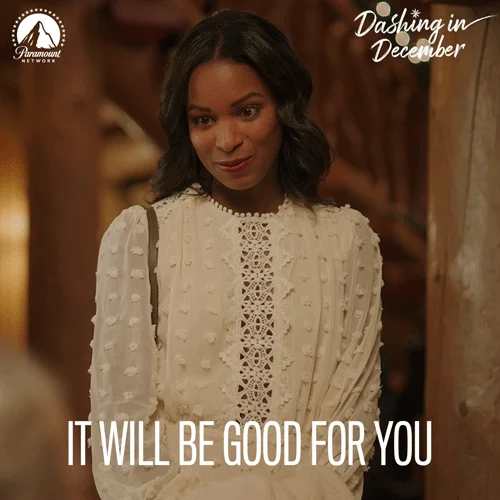
Quiz
Which of the following would be considered a nudge to encourage healthy eating?
A nudge uses predictable human behavior and choice architecture, or the way the choices are presented, to encourage people to make choices. A nudge doesn't forbid any options and maintains freedom of choice.
How a Nudge Influences Decision-Making
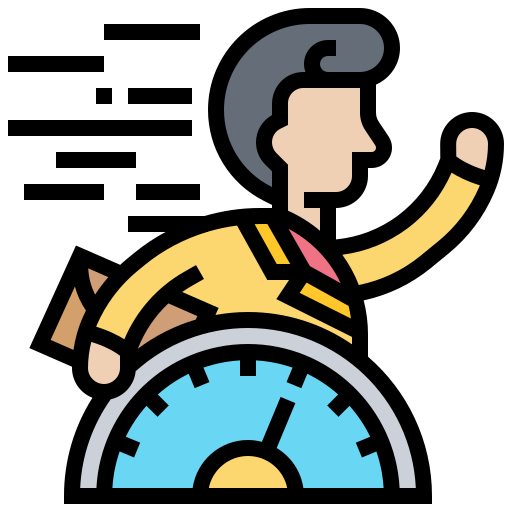
The Automatic System
Fast and intuitive
Uncontrolled
Unconscious
Example: smiling when you see a cute puppy
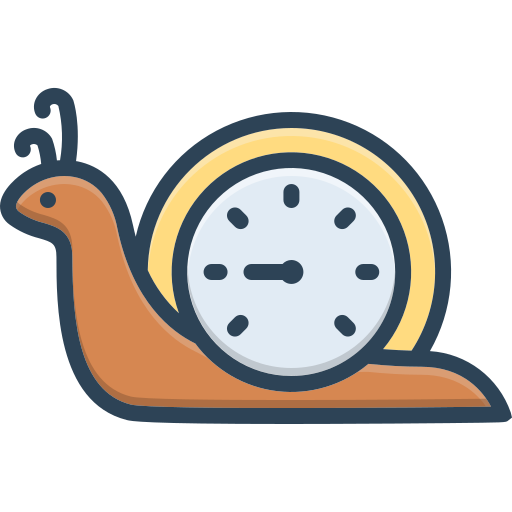
The Reflective System
Slow and reflective
Controlled
Self-aware
Example: deciding the best route to a new location
Example of Nudge Theory for an Environmental Cause
Imagine you've just emptied a water bottle and you're throwing it away in public.
Local public servants want to create an environment that inspires you to recycle. So, they might design a "nudge" that appeals to your automatic system by putting recycling bins in highly visible locations so that the choice is easier to make.

Did you know?
Nudge theory could greatly benefit the world by making it easier for people to make good decisions quickly! Let's face it — not everyone has the time and energy to use the reflective system for every decision they make in life.
Benefits of Nudge Theory
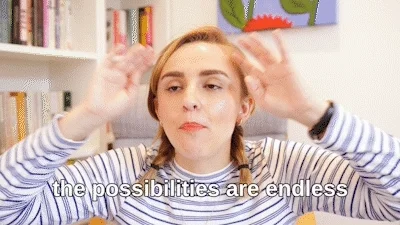
Any situation that requires choice architecture has the opportunity for a positive nudge. Nudges can influence decision-making on both small and large scales.
Urban planning: Painting stripes on a road that get increasingly closer during dangerous turning points to give the sensation that driving speed has increased and therefore activates a driver's instinct to slow down.
Finance: Encourage the auto-pay setting for credit card payments so that customers never accidentally miss a payment (which could result in a slippery slope of credit card debt).
Social norms: Informing customers about a social norm that others follow, which may be enough to change their behavior, such as asking hotel guests to "join other guests" in limiting towel usage.
Sales: Placing high-priority items next to a cash register in a grocery store (e.g. fruit, healthy items) and lower-priority items elsewhere (e.g. junk food).
Did you know?
A common and effective design in nudge theory is the use of default options, so that the person being nudged would be more likely to choose that option and benefit from it. For example, libraries default to automatically renewing books when their time is up, which is surely a benefit to their readers!
Beware of "Sludge": Unethical Use of Nudge Theory
Nudge theory helps people make positive, beneficial choices.
But what if nudge theory is used by corporations unethically by trying to influence people to make choices that benefit the corporation?
That would be called sludge, which can be identified by friction in the choice design that hinders you from making positive choices for yourself.

Some examples of sludge might be:
Hiding the "unsubscribe" button in an email
Requiring a long and complicated process to apply for welfare programs
Did you know?
Having more nudge than sludge would make the world a better place — but even so, we can consider how sludge might be used positively. For example, making a person go through multiple steps before inputting personal details could be a good way to discourage them from oversharing private information.
Take Action
Professionals and public servants use nudge theory to impact people's decisions in many environments. Maybe you'll start noticing nudges in the many choices you make in your own life!
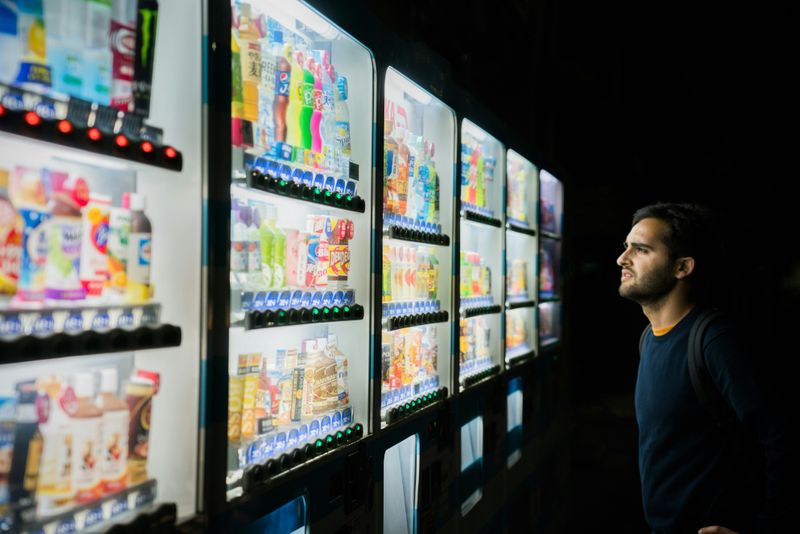 Photo by Victoriano Izquierdo on Unsplash
Photo by Victoriano Izquierdo on UnsplashUse the following steps to help you identify nudges:
This Byte has been authored by
Lucia Lin
Instructional Designer
